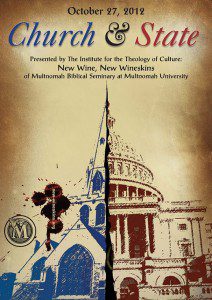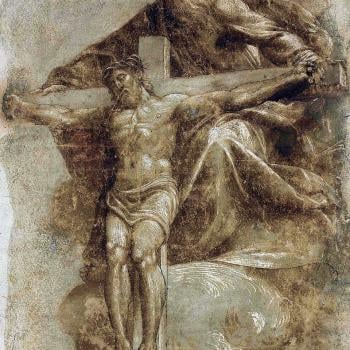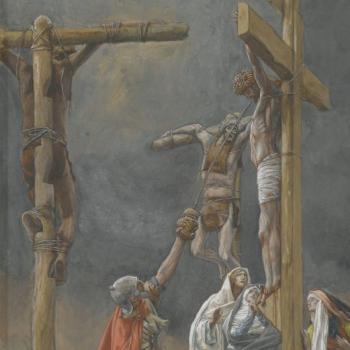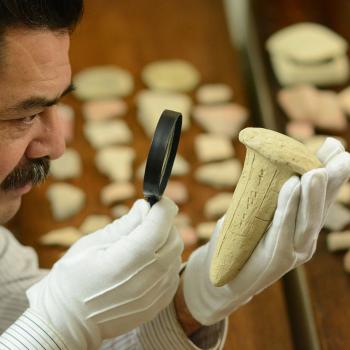This piece was originally published at The Christian Post on October 22, 2012.
 Is there a connection between pluralism and secularism? In my estimation the mythological reading of sacred literature by pluralists and the privatization of religion by the secular state go hand in hand. Pluralism and secularism remove the faith from public scrutiny, where religious claims can no longer be judged as right or wrong based on universal grounds. Of course, many religious pluralists want to keep the sacred from being profaned. But I don’t think they have adequate safeguards or moral grounds. While one cannot necessarily keep Antiochus Epiphanes from entering the temple and desecrating it, at least one can protest verbally and with civil disobedience. By no means were the first-century BC Maccabean martyrs under the Seleucid Empire’s rule arrogant or oppressive. By no means were the twenty-first-century AD Muslims who protested the French government’s call for removing headdresses religious bigots. If they were, then so, too, are those secularists and pluralists filled with bigotry who would minimize religious symbols of the various historic traditions as being banal, mundane, and parochial.
Is there a connection between pluralism and secularism? In my estimation the mythological reading of sacred literature by pluralists and the privatization of religion by the secular state go hand in hand. Pluralism and secularism remove the faith from public scrutiny, where religious claims can no longer be judged as right or wrong based on universal grounds. Of course, many religious pluralists want to keep the sacred from being profaned. But I don’t think they have adequate safeguards or moral grounds. While one cannot necessarily keep Antiochus Epiphanes from entering the temple and desecrating it, at least one can protest verbally and with civil disobedience. By no means were the first-century BC Maccabean martyrs under the Seleucid Empire’s rule arrogant or oppressive. By no means were the twenty-first-century AD Muslims who protested the French government’s call for removing headdresses religious bigots. If they were, then so, too, are those secularists and pluralists filled with bigotry who would minimize religious symbols of the various historic traditions as being banal, mundane, and parochial.
Such minimizing occurs in the States, where we claim that the removal of religious objects or practices from public settings is simply a matter of the separation of religion from the secular sphere. What we fail to realize is that secularism, or the secular state, is by no means void of religious claims. Often secularism, like pluralism, appears to promote neutrality—not favoring one religion over another—but actually these ideologies promote their secular or pluralist claims as being superior to explicitly religious traditions that affirm a personally transcendent God. In addition to the seemingly disingenuous claim to neutrality, adherence to these perspectives often causes more disastrous effects than their religious alternatives. The twentieth century gave rise to more death and destruction than any previous century and often at the hands of total secularists. In the case of the secular state, it claims that it has authority in the public sphere and religious traditions can have autonomy and authority in the private sphere as long as they don’t infringe on the rights and privileges of the state (so even their claims to transcendence in the private sphere of the soul are overshadowed by Big Brother).
While I appreciate America’s historic stance to guard against any particular religious tradition monopolizing America, we have allowed secularism, with its transcendent claims concerning the neutral void, to dominate the span of particular religious heritages. I am for prayer in school, but I also recognize that if Christians are allowed to pray, Muslims should be allowed, too, and Buddhists should be allowed to meditate—even in public settings. The same goes for the display of religious symbols, including Muslim headdresses; they should be allowed in public, just like symbols of the state and Wall Street: Why should the religious symbolism of the almighty American flag or the hallowed Golden Arches be given space and not nativity sets? Such freedom of expression is what helped make this country truly great. (Taken from the chapter, “All Paths Lead to Wall Street,” in Connecting Christ: How to Discuss Jesus in a World of Diverse Paths, pages 183-184).












